Carrot Rust Fly
provogirl
13 years ago
Related Stories
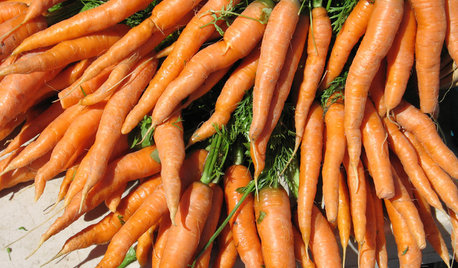
COOL-SEASON CROPSCool-Season Vegetables: How to Grow Carrots
More than just a bunny food, easy-to-grow carrots add lacy good looks to a fall or spring garden
Full Story
DECORATING GUIDESYour Décor: Orange You Glad?
Possibly the happiest color around, orange is amazingly versatile in interior design. Here's how it can make your rooms positively exuberant
Full Story
FARM YOUR YARDHow to Build a Raised Bed for Your Veggies and Plants
Whether you’re farming your parking strip or beautifying your backyard, a planting box you make yourself can come in mighty handy
Full Story
COLORCooking With Color: When to Use Orange in the Kitchen
Try a dash of Cayenne or swaths of Sweet Orange for zesty, high-energy kitchen flavor
Full Story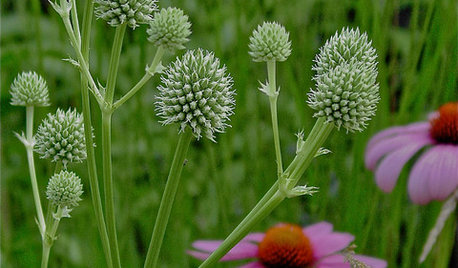
GARDENING GUIDESGreat Native Plant: Rattlesnake Master for Unique Interest
Serpents actually don’t give a hoot about this prairie wildflower, but insects do — and the foliage is a big draw too
Full Story
PRODUCT PICKSGuest Picks: Colorful Patterned Area Rugs for All Tastes
From subtly sophisticated to downright swirltastic, these area rugs will please the eye while cushioning the feet
Full Story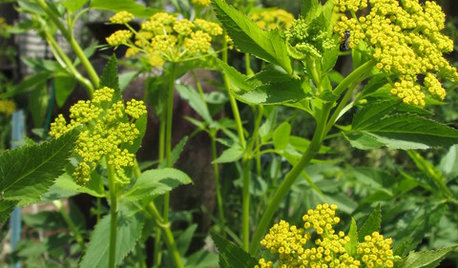
GARDENING GUIDESGreat Design Plant: Golden Alexanders for Early Spring Color
Get sunny flowers while other garden growers are still asleep, with this adaptable prairie plant beloved by butterflies
Full Story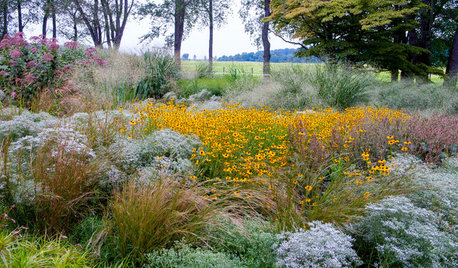
GARDENING GUIDESThe Surprising Ingredients Every Good Garden Should Have
See what to do — and not do — for lasting rewards in your landscape
Full Story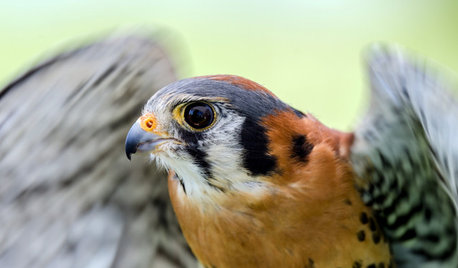
GARDENING GUIDESBackyard Birds: Create a Home for American Kestrels
These copper-colored birds of prey can be found throughout North and South America and often find habitats near human activity
Full Story
GARDENING GUIDES6 Steps to Creating Your Butterfly Garden
Encourage these fanciful winged beauties to visit your garden while helping restore their fragmented habitat
Full StorySponsored
Your Custom Bath Designers & Remodelers in Columbus I 10X Best Houzz
More Discussions






xaroline
Skybird - z5, Denver, Colorado
Related Professionals
Prairie Ridge Landscape Architects & Landscape Designers · Sahuarita Landscape Architects & Landscape Designers · Tempe Landscape Contractors · Chesapeake Ranch Estates Landscape Contractors · Clayton Landscape Contractors · Eagle Landscape Contractors · Fort Myers Landscape Contractors · New Providence Landscape Contractors · Plantation Landscape Contractors · St. Louis Landscape Contractors · West Covina Landscape Contractors · West Orange Landscape Contractors · Wickliffe Landscape Contractors · Silver Firs Landscape Contractors · Casselberry Landscape ContractorsprovogirlOriginal Author